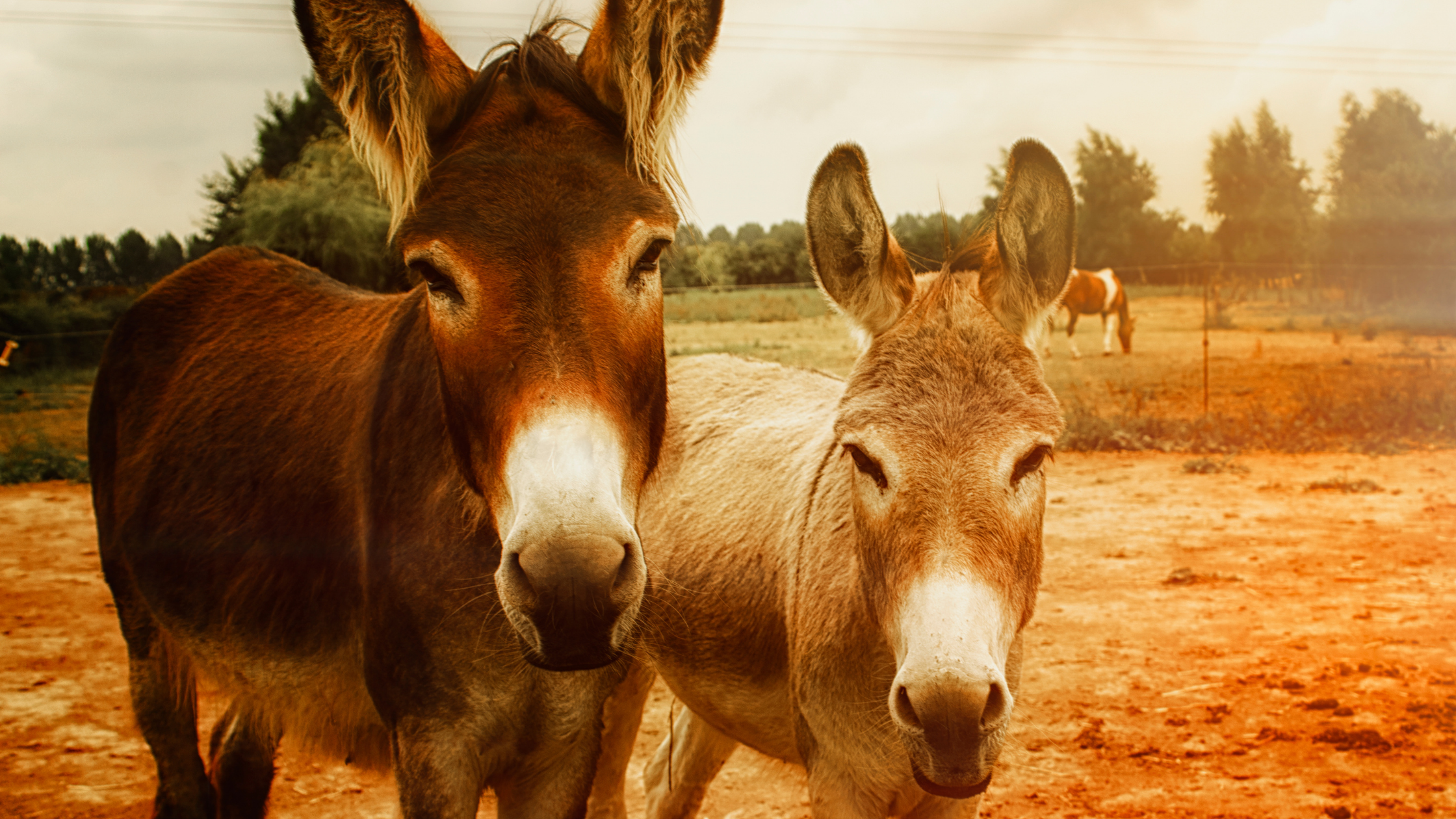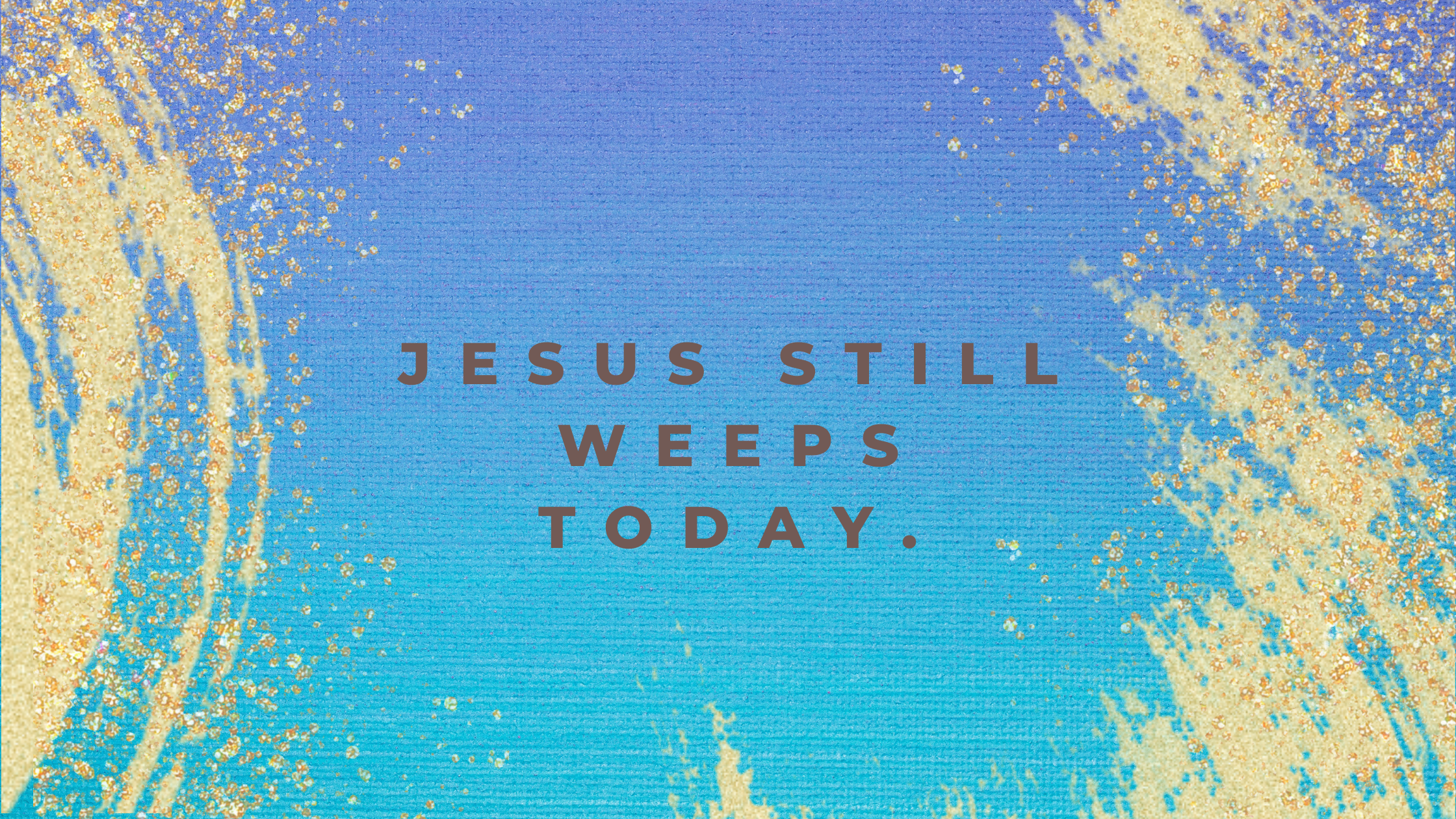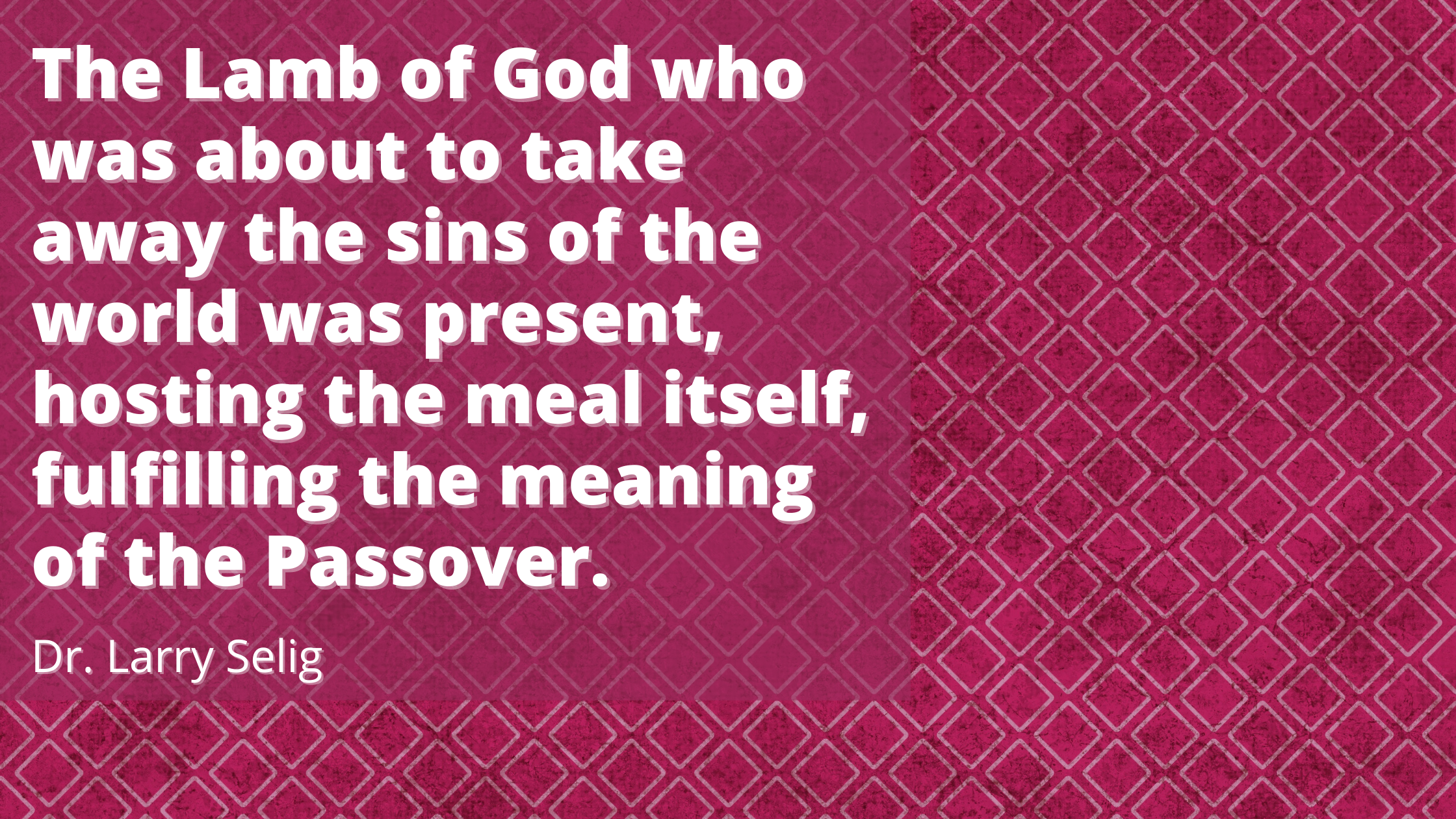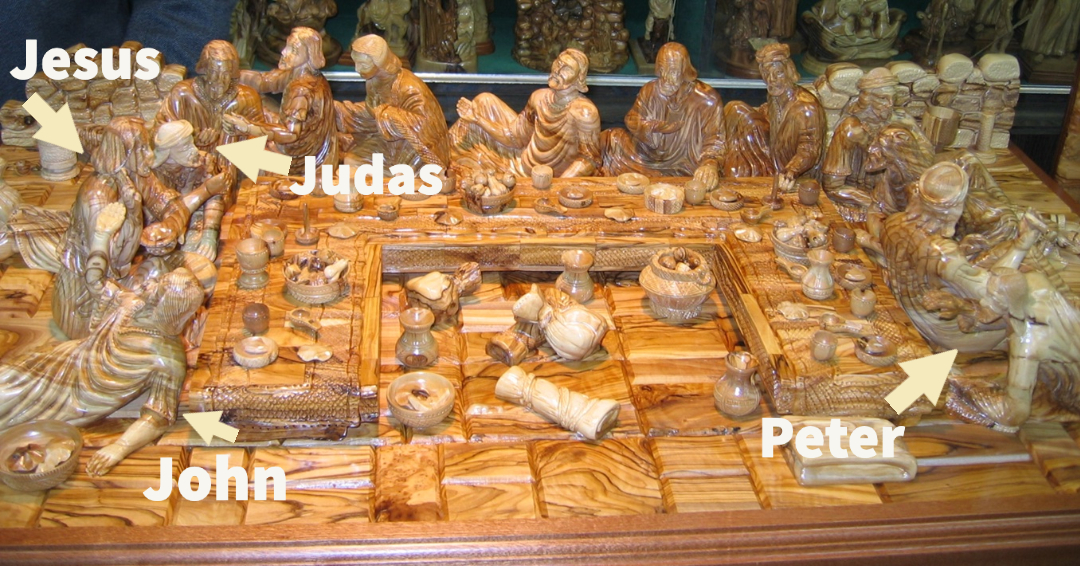Uncovering Little Known Stories on Holy Week
Do you know all there is to know about Holy Week?
Delve a little deeper as I walk you through some little-known stories about the events of Holy Week.
It might change your whole perspective!

Why did Jesus choose to enter Jerusalem on Sunday, which we now call “Palm Sunday”?
Jesus revealed Himself to the crowd arriving for the Passover, knowing that according to Exodus 12:3-6, the Sunday before Passover was lamb selection day. The Jews were to select their lambs on Sunday, sacrifice them on Thursday, and prepare for the Passover meal to be held beginning at sunset on Friday, the beginning of the sabbath.
Here was Jesus proclaiming what those in attendance only understand after Easter, that He had been selected by His Father to be the Lamb of God who was to take away the sins of the world.
Why were there so many people crowding the roads into Jerusalem that day?
The Festival of Passover was one of several feasts where every male Jew who was able would come to Jerusalem. These crowds streamed down the Mt. of Olives to enter the city from the south and east to select their lambs at the Temple area. Jesus descends the Mt. of Olives, riding on a donkey, fulfilling the Messianic prophecies from Genesis 49:10-11, and Zechariah 9:9.

Apparently, the social media of that day had spread the story of the raising of Lazarus in Bethany, a mile east of the Mt. of Olives, raising hopes that He might be the long-awaited Messiah. The crowds were caught up in excitement when Jesus entered Jerusalem in their midst. We read in Mark 11:1-10:
As they approached Jerusalem and came to Bethphage and Bethany at the Mount of Olives, Jesus sent two of his disciples, 2 saying to them, “Go to the village ahead of you, and just as you enter it, you will find a colt tied there, which no one has ever ridden. Untie it and bring it here. 3 If anyone asks you, ‘Why are you doing this?’ say, ‘The Lord needs it and will send it back here shortly.’”
4 They went and found a colt outside in the street, tied at a doorway. As they untied it, 5 some people standing there asked, “What are you doing, untying that colt?” 6 They answered as Jesus had told them to, and the people let them go. 7 When they brought the colt to Jesus and threw their cloaks over it, he sat on it. 8 Many people spread their cloaks on the road, while others spread branches they had cut in the fields. 9 Those who went ahead and those who followed shouted, “Hosanna!” “Blessed is he who comes in the name of the Lord!”10 “Blessed is the coming kingdom of our father David!” “Hosanna in the highest heaven!”
Why were the religious leaders so insistent that Jesus quiet this Messianic demonstration and tell His disciples to shut up? Jesus replied that if He did, even the rock walls lining the path down the Mt. of Olives would cry out. What was going on?
There was tension in the air. Imagine large numbers of young men descending the Mt. of Olives shouting, "Hosanna!" (set us free), “Kingdom of David” (the golden age under King David), and waving palm branches (the sign of rebellion during the Maccabean revolution against the Greeks in 167 BC and the cleansing of the Temple in 165 BC).
Jesus was aware of the misguided Jewish hope that the Messiah would come to lead them in a military victory to end Roman occupation. So rather than riding a white horse, the sign of a victorious Roman General, He chose a lowly donkey, the sign of humility.

The Jewish priests and scribes were deeply concerned by this demonstration and demanded that Jesus quiet the crowd. They were concerned that Pilate might cancel the Passover and send everyone home to prevent trouble, Herod Archelaus actually did this in 4 BC and Pilate had already canceled one Passover due to a similar disturbance.
Perhaps you can sense this was not some cute Sunday morning Palm Sunday walk down the church aisles on Palm Sunday in our present-day churches. It was Arab Spring, Red Flags in Cairo’s square, liberation marches we see around the world today. And Jesus could sense the tension between misguided Jewish expectations and Roman control and oppression.
If it was a triumphal demonstration. Why did Jesus weep halfway down the Mount of Olives as He approached Jerusalem and the Temple?
There are only two accounts in the Gospels of Jesus weeping: In John 11:35, Jesus wept with Mary and Martha at the tomb of Lazarus the week prior to Palm Sunday. The Greek word used by John is edakpusen, meaning quietly weeping. He was sharing His sense of loss with the sisters. But when He descends halfway down the Mount of Olives and sees the full view of the Temple and the city surrounding it, we read in Luke 19:41-44:
41 As he approached Jerusalem and saw the city, he wept over it 42 and said, “If you, even you, had only known on this day what would bring you peace—but now it is hidden from your eyes. 43 The days will come upon you when your enemies will build an embankment against you and encircle you and hem you in on every side. 44 They will dash you to the ground, you and the children within your walls. They will not leave one stone on another, because you did not recognize the time of God’s coming to you.”
The Greek word for weeping here is eklausen, a loud, audible grieving over the fate of Jerusalem, sensing in His spirit that the people were seeking the wrong kind of Messiah. Their desire to rebel would lead to the destruction of the entire city with the Temple, which in fact happened in 70 AD under the Roman General Titus, after a Jewish revolt. Only the Western retaining wall of the temple compound remains today, left by Titus to show how great a temple structure he had destroyed. The Western or Wailing Wall is the only place where Jews can go today, to weep the temple’s destruction.
Jesus still weeps today. Sometimes He weeps with us as our sympathetic High Priest, sharing our grief and sorrow. (Hebrews 2:17-18). But other times He weeps when we turn away, rejecting Him, and harming ourselves and others. What might He be weeping over in our world today? In our lives?

Why did Jesus celebrate the Passover meal with His disciples in an upper room on Thursday, the day before the prescribed Exodus 12 command?
Thursday was when lambs were to be slain in the temple and prepared for the Friday Passover meal, Jesus, however, meets with His disciples on Mt. Zion to celebrate the Essene Passover, one day earlier.
There were three major religious parties among the Jews during this time of Roman occupation.
The Pharisees were the conservative orthodox group, who were formed after the return from exile to restore the strict adherence to the Jewish laws and traditions.
The Sadducees were the more liberal wing of Judaism, who felt necessary to make some compromises first to the Greeks and later to the Romans, in order to gain certain privileges with those in power. They did not believe in the resurrection, in contrast to the Pharisees who did. Jesus once used this conflict to deal with the question of divorce.
The third group, the Essenes, completely cut themselves off from the other two groups, and would not accept the High Priest as their religious leader. They felt he was a political appointment who compromised the religious nature of the office. So they stopped all attendance at Temple activities and lived separately in three major areas: Bethphage, from where Jesus secured the donkey to ride down the Mount of Olives, Mount Zion, an area of Jerusalem where the Last Supper was held, and Qumran, an ascetic community of Essenes, overlooking the Dead Sea, where the Dead Sea scrolls were copied and later hidden during the Roman conquest in 72 AD. Josephus in his history of the Jews noted that there were as many as 4,000 Essenes living at the time of Jesus. And there is some possibility that John the Baptist who held his baptism revivals on the Jordan near Qumran, had some past association with this Essene community.
Because the Essenes did not believe in sacrificing a Passover lamb at the Temple, they held their Passover meal a day earlier. We know it was an Essene Passover that Jesus celebrated with His disciples because:
1) Jesus told his disciples preparing the feast to find the place by following a man with a jug of water on his head. (Mark 14:13-16) Only in the Essene community did men carry water from the spring or well to their home. All other Jews relegated this task to women.
2) When the disciples arrived for the Passover, they had already taken their required ritual baths. But Essenes believed that walking to the feast would pick up additional “dirt of unrighteousness” on their feet. Thus an additional foot washing was necessary. When they forgot that requirement, Jesus volunteered to wash their feet. Peter protested: John 13:6-10 states:
6 He came to Simon Peter, who said to him, “Lord, are you going to wash my feet?”7 Jesus replied, “You do not realize now what I am doing, but later you will understand.”8 “No,” said Peter, “you shall never wash my feet. ”Jesus answered, “Unless I wash you, you have no part with me.” 9 “Then, Lord,” Simon Peter replied, “not just my feet but my hands and my head as well!”10 Jesus answered, “Those who have had a bath need only to wash their feet; their whole body is clean. And you are clean, though not every one of you.”
As was the Essene custom, no lamb was prepared for that Passover meal. But wait! There was a Lamb. The Lamb of God who was about to take away the sins of the world was present, hosting the meal itself, fulfilling the meaning of the Passover. For it was a meal celebrating deliverance from bondage, and preparing for the coming of the Messiah!

Where did the incorrect picture of this Last Supper Passover meal come from?
The Passover table was entirely different from what most of us picture, influenced by Leonardo da Vinci’s “The Last Supper” painting in Milan. Called a “triclinium,” the three-sided table was low to the floor, allowing guests to lounge on cushions, with their feet facing backward. During slavery in Egypt, the nobility reclined on cushions, while slaves had to sit at tables with benches or chairs.
Thus at the traditional Passover meal, celebrating freedom from Egyptian slavery, all participants reclined like those who were free! Below is a picture of the Last Supper carved from olive wood in Bethlehem.
Because of the traditional seating positions around the triclinium, we know where the host, the close friend, the honored guest, and the remainder of those attending would have been seated.
We know from John 13:1-30 that Jesus was seated, not in the center, but as the host, was second in from the left. John, the beloved disciple rested against Jesus, so was seated on His right. Peter probably wanted to sit next to Jesus on the left, and may have taken a seat there, but Jesus had this reserved for someone else, who probably wanted to be as far away as possible. Perhaps it was Jesus who made them change seats. So Peter ended up at the far right end, while the reluctant disciple, Judas, was asked by Jesus to take the seat of honor on His left.

What a gift of mercy and grace extended to the very one Jesus new would soon betray Him. The rest of the 12 took the remaining seats while those serving could serve from the center. The drama unfolds. As Jesus goes around the circle to wash their feet, He begins with John and ends with Peter.
Later when Jesus said one of those around the table would betray Him, Peter was in a position to give a “stage whisper” across to John saying, “Ask Jesus who He meant”. Jesus answers John’s request by saying the one to whom He would give a gift of food, and dipping a bit of bread into the stew, handed it to Judas on His immediate left.
We now call Thursday of Holy Week, Maundy Thursday, because Jesus gave two commands or mandates (from which Maundy comes) to His disciples at that meal, “Do this in remembrance of Me”, and “Love one another.” Friday evening was the traditional Passover meal when the lamb which was slain on Thursday was served in remembrance of their deliverance from the bondage of the Egyptians.
The traditional meal ended with a door opened for the prophet Elijah to appear, whom they believed had to return preceding the coming of the Messiah. Joseph of Arimathea had gone to Pilate to seek the body of Jesus to place in his own private tomb before the Passover began, after which no one could recover His body from the cross until after sunset on Saturday.
Meanwhile, all over the city Friday night, Jews gathered in ignorance, oblivious that their Messiah had already come, died for them as the true Lamb of God, and would rise again Sunday morning! Truly He was and is the Lamb of God who takes away the sins of the world.
We journey in Holy week through the drama of this most important week of all history! Thanks be to God!
What is your takeaway from these little-known stories on Holy Week? Let me know in the comments below.
You May Also Like:
